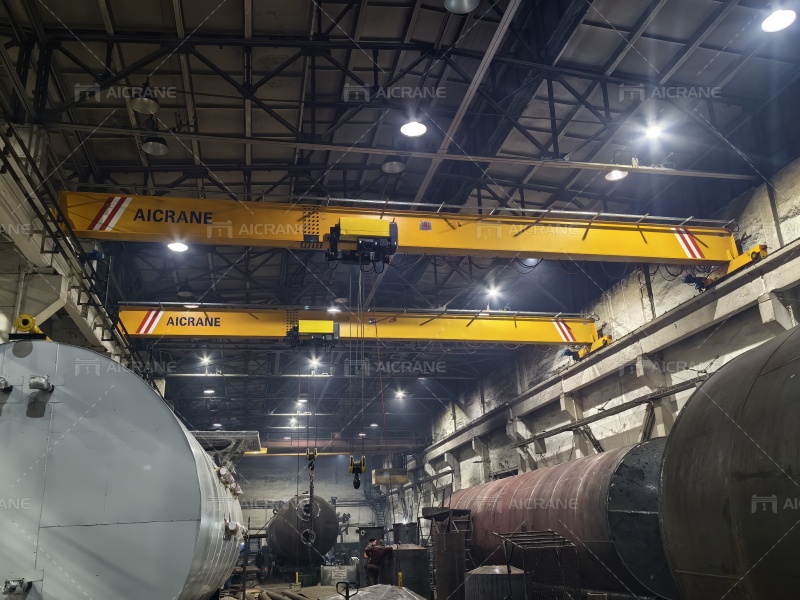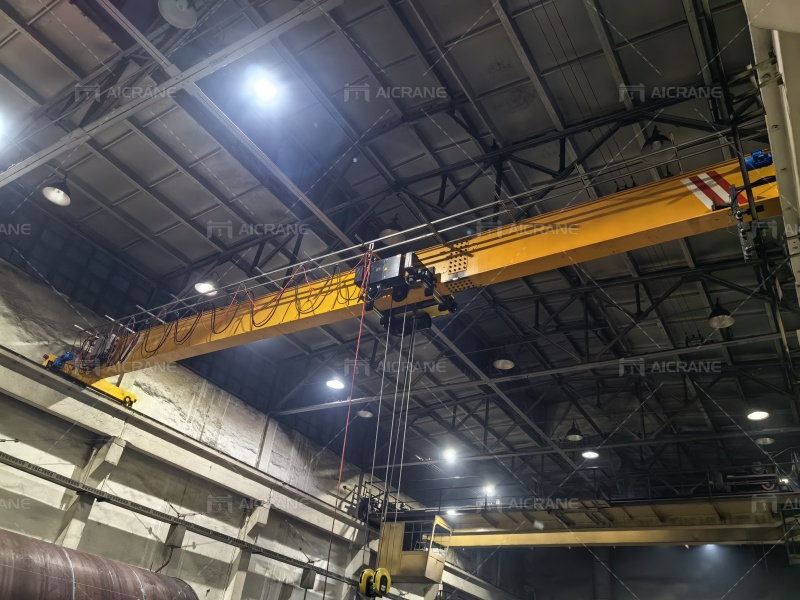In industrial settings, workplace safety is paramount, especially when it comes to heavy lifting and material handling operations. Overhead cranes, with their ability to lift and transport heavy loads with precision, play a crucial role in ensuring workplace safety. In recent years, significant innovations in overhead crane technology have further enhanced safety standards, reducing the risk of accidents and injuries. This article explores the latest innovations in overhead crane design and technology that are contributing to workplace safety improvements.
Advanced Collision Avoidance Systems
One of the most significant innovations in overhead crane safety is the implementation of advanced collision avoidance systems. These systems utilize sensors, cameras, and proximity detection technology to detect obstacles in the crane’s path. If an obstruction is detected, the crane’s control system automatically stops or adjusts its movement to prevent collisions. By minimizing the risk of accidents caused by collisions with equipment, structures, or personnel, advanced collision avoidance systems significantly enhance workplace safety.
Load Monitoring and Overload Protection
Overhead cranes are often used to lift heavy loads, and ensuring that these loads remain within safe operating limits is essential for workplace safety. Modern overhead cranes(Электромостовой кран) are equipped with load monitoring systems that provide real-time feedback on load weight and distribution. Additionally, overload protection mechanisms automatically limit crane operation if the load exceeds safe capacity, preventing overloading and reducing the risk of structural failures or accidents.

Anti-Sway Technology
Load sway, caused by the swinging motion of suspended loads, can pose a significant safety hazard during overhead crane operations. To mitigate this risk, overhead crane manufacturers(мостовой кран купить) have developed anti-sway technology. These systems use sophisticated algorithms and feedback control mechanisms to stabilize the load during lifting and transport, minimizing sway and improving load control. By reducing load sway, anti-sway technology enhances crane safety and helps prevent accidents caused by swinging loads.
Operator Training and Certification Programs
In addition to technological innovations, overhead crane safety is also supported by comprehensive operator training and certification programs. These programs provide crane operators with the knowledge, skills, and best practices necessary to operate cranes safely and efficiently. Training covers topics such as equipment operation, load handling techniques, safety procedures, and emergency response protocols. By ensuring that operators are properly trained and certified, companies can maintain high safety standards and reduce the risk of accidents and injuries related to overhead crane operations.
Ergonomic Design Features
Another aspect of overhead crane safety is the incorporation of ergonomic design features that enhance operator comfort and minimize fatigue. Comfortable operator cabins with ergonomic seating, adjustable controls, and intuitive interfaces help reduce operator strain during long shifts. Additionally, features such as anti-fatigue mats, noise reduction measures, and climate control systems create a more comfortable working environment, improving operator focus and alertness, and reducing the risk of accidents.
Remote Operation and Monitoring
Remote operation and monitoring capabilities are emerging as significant innovations in overhead crane safety(Мостовой кран 20 тонн). With remote control systems and monitoring interfaces, operators can control crane movements and monitor operations from a safe distance. This capability is especially valuable in hazardous environments or confined spaces where direct operator presence may pose risks. Remote operation and monitoring enhance safety by reducing the need for operators to be in close proximity to potentially dangerous equipment or loads, minimizing the risk of accidents and injuries.

Predictive Maintenance Solutions
Predictive maintenance solutions are transforming overhead crane safety by enabling proactive maintenance practices. These solutions utilize data analytics and machine learning algorithms to analyze crane performance(Мостовой кран в цеху) data and identify potential maintenance issues before they escalate into costly failures. By predicting equipment failures and scheduling maintenance proactively, predictive maintenance solutions help prevent unexpected downtime and reduce the risk of accidents caused by equipment malfunctions or failures.
Integrated Safety Management Systems
Integrated safety management systems are comprehensive solutions that combine multiple safety features and functionalities into a cohesive framework. These systems integrate features such as collision avoidance, load monitoring, anti-sway technology, and operator training into a unified platform. By centralizing safety management functions, integrated safety management systems provide a holistic approach to overhead crane safety, ensuring that all aspects of crane operation are optimized for safety and efficiency.
In conclusion, overhead crane innovations are playing a crucial role in enhancing workplace safety in industrial environments. Advanced collision avoidance systems, load monitoring and overload protection mechanisms, anti-sway technology, operator training programs, and ergonomic design features are among the key advancements contributing to safety improvements. By leveraging these innovations, companies can create safer working environments, protect personnel and assets, and prevent accidents and injuries associated with overhead crane operations. As technology continues to advance, overhead crane safety will continue to evolve, further enhancing workplace safety standards in industrial settings.